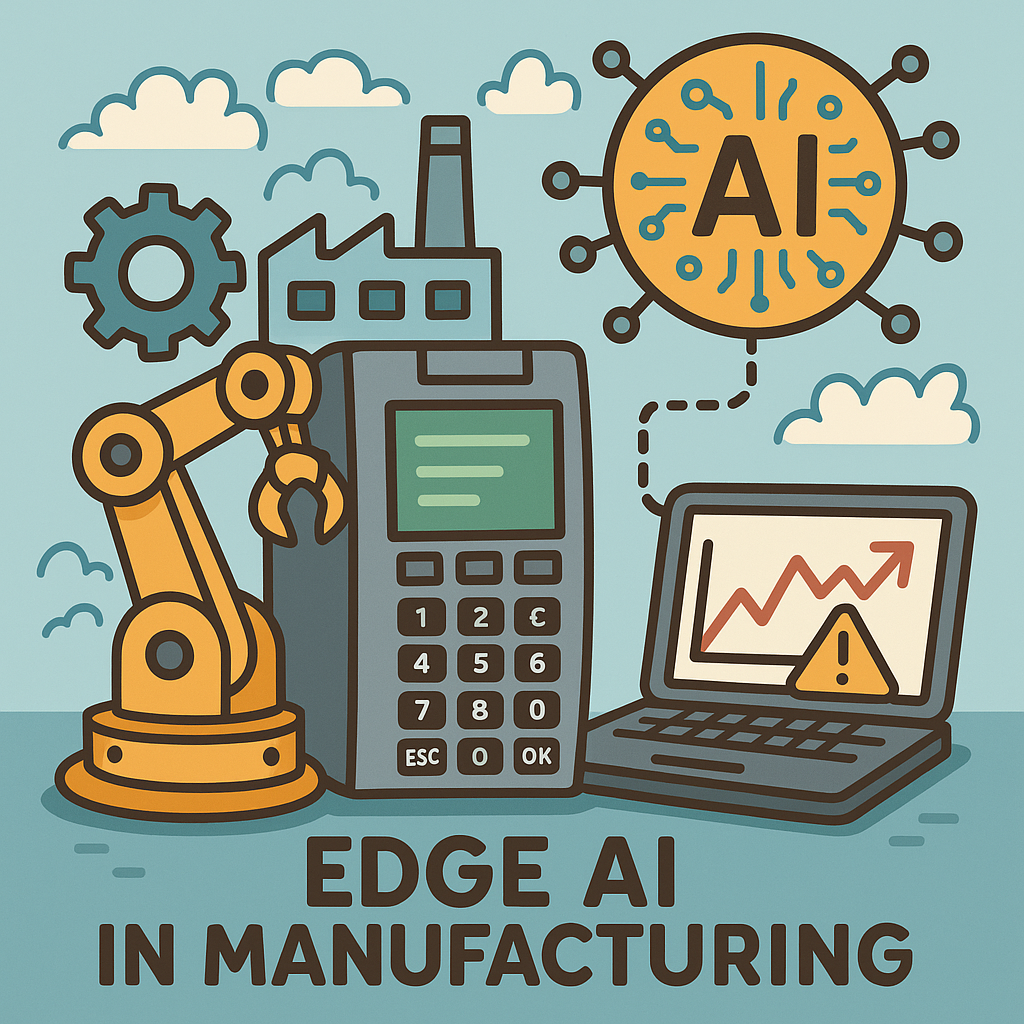Understanding Edge AI and Its Role in Predictive Maintenance
In the ever-evolving landscape of manufacturing, the integration of Edge AI into Siemens S7-1500 PLCs is revolutionizing the way predictive maintenance is approached. This integration facilitates real-time monitoring and analysis, allowing manufacturers to preemptively address issues before they escalate into costly downtimes. However, implementing this technology is not without its challenges, and understanding the nuances of hardware, firmware, and algorithms involved is crucial for optimizing performance.
Hardware Considerations for Edge AI Integration
The Siemens S7-1500 PLCs are designed with modularity and scalability in mind, making them an ideal candidate for Edge AI applications. The selection of appropriate hardware components is paramount. Key considerations include:
- Processing Power: The PLC must have sufficient computational capabilities to handle AI algorithms locally. This often means opting for models with enhanced CPUs or adding dedicated AI processors.
- Memory and Storage: Large datasets for machine learning models require ample RAM and storage space. Ensuring that the PLC can store historical data for training and inference is essential for accurate predictive insights.
- Networking Capabilities: Real-time data transfer to and from the PLC necessitates robust networking solutions. Utilizing industrial Ethernet and wireless protocols can enhance communication with other devices on the shop floor.
Firmware and Software Architecture
The firmware on Siemens S7-1500 PLCs must be capable of supporting complex AI algorithms while maintaining the reliability and real-time performance typical of industrial environments. The integration of Edge AI is facilitated through:
- Custom Firmware Development: Developing firmware that can efficiently manage AI tasks alongside PLC control functions is critical. This often involves integrating libraries for machine learning frameworks like TensorFlow Lite or OpenVINO, tailored for edge devices.
- Real-Time Operating Systems (RTOS): Employing an RTOS can help in managing the timing and scheduling of tasks, ensuring that predictive maintenance algorithms run alongside regular control tasks without interrupting system operations.
Algorithmic Challenges and Solutions
At the heart of Edge AI for predictive maintenance lies the algorithms themselves. The challenges here are multifaceted:
- Data Quality and Quantity: Machine learning thrives on data. However, data collected from manufacturing equipment can often be noisy or sparse. Implementing data preprocessing algorithms that filter out noise and fill in gaps is crucial.
- Model Complexity vs. Performance: Striking the right balance between a model’s accuracy and its computational efficiency is critical. Overly complex models may provide marginal gains in accuracy but can lead to unacceptable latencies in real-time applications. Lightweight models, such as decision trees or optimized neural networks, often provide the best trade-off.
- Continuous Learning: Equipment wear and tear can change the operational parameters over time, meaning models need to be updated. Implementing online learning techniques can help the system adapt without requiring complete retraining, thus minimizing downtime.
Real-World Design Trade-offs
When designing the integration of Edge AI with S7-1500 PLCs, engineers often face tough trade-offs. For instance, while a higher sampling rate might yield more data for analysis, it can also lead to increased network traffic and potential bottlenecks. Similarly, while advanced algorithms can improve predictive accuracy, they may require more processing power and energy, which could be at odds with the goals of efficiency and cost-effectiveness.
Another consideration is the user interface for operators. The complexity of AI-driven insights must be distilled into actionable information that can be easily understood and acted upon by personnel who may not have a technical background. This requires careful thought into visualization tools and dashboards that can convey the necessary information without overwhelming the user.
The Future of Predictive Maintenance with Edge AI
As industries continue to embrace the Internet of Things (IoT) and smart manufacturing, the integration of Edge AI into systems like Siemens S7-1500 PLCs will only become more prevalent. The ability to perform real-time analytics at the edge not only enhances operational efficiency but also paves the way for innovations such as autonomous maintenance systems. By understanding the intricacies of hardware, firmware, and algorithms, engineers can unlock the full potential of predictive maintenance strategies, leading to reduced downtime and increased productivity.



